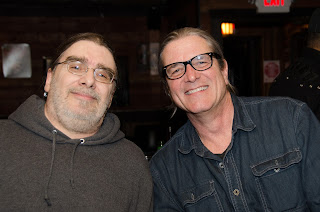If you want to take better photos but aren’t sure where to start, this list of 10 beginner tips is for you.
1. PICK A SUBJECT THAT SPEAKS TO YOU.
Pay attention to the reccurring themes in your work. Think of what draws you to these things so you can find new ways to capture and express what you like!
2. PRACTICE!
Don’t be afraid to make mistakes! Sometimes those mistakes turn out to be something unique and innovative that you can build on.
3. WORK THE SUBJECT.
Try shooting the same thing in as many ways you can that capture different aspects about it.
shoot the same subject in many different ways
photo by Yu Morita
After your shoot, look through your shots and critique your work. Be mindful of what worked and what didn’t and why. Editing your shoot is an important part of the learning process.
4. STUDY THE WORK OF OTHER PHOTOGRAPHERS.
Find something that inspires you and pay attention to what you like and try to mimic it. Then try to make it your own by bringing in something new and different.
study the work of other photographers
photo by Street Photography Addict
5. COMPOSITION.
If you pay attention, you’ll see that most great photographs contain at least one of these guidelines:
Rule of Thirds. Imagine the image is divided into thirds both horizontally and vertically. The interesting aspects of the image are placed on those lines. This rule is often used in landscapes, with the horizon being placed in the top, or bottom third of the composition. Some cameras even have a grid option that will display through your viewfinder, to help you make your composition precise.
Balancing Elements. If you’re framing your main subject off center, try having a less important object in the background of the image to balance the weight of the dominant object. The secondary object will add depth to the subject and make it more interesting by filling the void of space in the image.
Leading Lines Use the subject’s lines or contours to your advantage. These lines lead the viewer’s eyes across the image, so become aware of them and how to use them to your advantage. The more they lead the eye around, the longer the viewer looks at your image. Examples of leading lines could be a winding road on a hilly landscape or the contours of your model’s body. Notice how models pose in ways that create leading lines by using their limbs in interesting ways.
leading lines
photo by Nicolas Raymond
Symmetry and Patterns. These are often used in architecture and nature, even in artistic portraits. The subject is center balanced, unlike in the rule of thirds.
Viewpoint. The angle from which the photographer shoots in relation to the subject. Showing us a subject from an angle that we don’t usually see it is a great way to make it more interesting. In working the subject, pay attention to the message the shot conveys. Try eye-level, from above, below, side, behind, from a distance, in close, etc.
Background. Pay attention to your background! If your background doesn’t add to the subject, use a plain backdrop or use a shallow depth of field to blur the background out. Think about how it affects the tone of the subject.
Depth. Mostly in landscapes, depth helps convey a three-dimensional subject in a photograph, which is two-dimensional.
Framing. Objects in your environment can be used to add to your shot! Some useful examples are archways from a building, branches from a tree, or holes in cliffs. These frames can help show off the setting.
framing composition
photo by Arches National Park
Cropping. Cropping in tight on a subject is a great way to remove distracting elements around it. Everything in the photograph should hold value to your image. If it doesn’t, try cropping it out.
The more you practice these composition guides, the more they will become instinctual. Even in your editing & selection process, pay attention to which images pop out at you, and see if they hold one of these elements.
6. FAMILIARIZE YOURSELF WITH YOUR TOOLS.
Photography is so versatile! You can even take amazing photos with a coffee can, but you must understand the limitations of your gear.
7. LEARN TO USE PHOTOGRAPHY SOFTWARE.
Digital software is today’s darkroom, and developing an image is just as important as how you shoot it. My favorite way to digitally polish my images is through Lightroom. It’s amazing what it allows you to do to an image without exposing yourself to chemicals or wasting photo paper and developer. The preset filters are a great way to intensify the tone of the image, but you must know how to fine-tune them to make the image just so. Photoshop is also an important tool.
8. LEARN LIGHTING.
I suggest photographing a subject at different times of day and compare them. If you have access to professional lighting equipment, try shooting your subject lit from different angles, diffusion versus hard lighting, etc. There are jobs just dedicated to lighting on high-end shoots, so there are no limits there if you have the budget. Really think about how the light conveys your message to the viewer.
studio lighting setup
photo by Matt Biddulph
9. GO WITH YOUR INSTINCTS.
Make sure what you are shooting is fulfilling something for you. There is no point in shooting something you aren’t enjoying. It will show in your work! The more you are passionate about it, the more creatively you can capture it! I’ve worked with so many photographers that have talent, but take on shoots they don’t enjoy and it showed in the quality of the images. For example, I could never understand why somebody would hire a nature photographer to shoot their portraits. Somebody that isn’t a people person doesn’t take flattering photos of people no matter how much technical knowledge they have. On the other hand, if you see all people as beautiful and you have a natural talent for making a person feel good about him/herself, then portrait photography is a great niche!
communicate with your subject
photo by Oscar Rethwill
10. COMMUNICATE WITH YOUR SUBJECT.
If you’re shooting any type of portrait, make sure it is prepared beforehand. There’s nothing worse than having your model show up with chipped blue nail polish! Learn to guide your subject with clear direction in a way that makes them feel comfortable! Even models feel vulnerable with a lens in their face, so learn to give suggestions in a flattering way. Nobody feels confident after hearing “suck in your gut,” but if that’s what you want, try something like “intensify your rib cage.” Compliments go a long way! When you ask for a smile, it will look forced. If you compliment the person they will naturally smile.
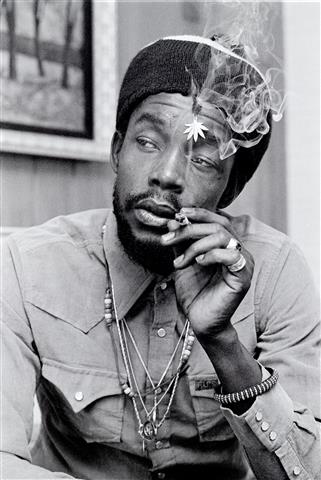









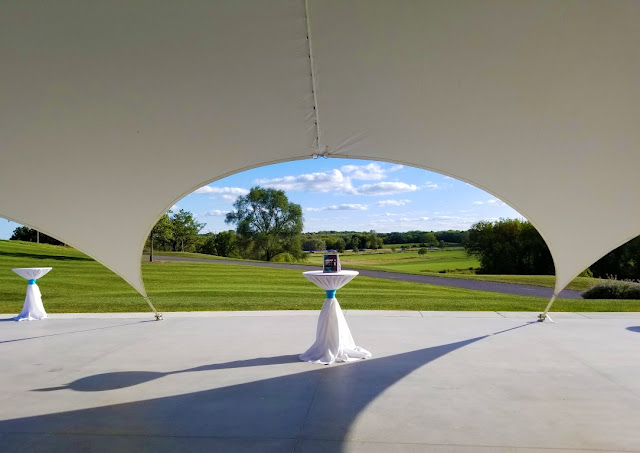
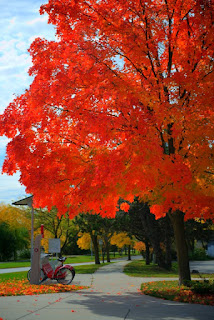

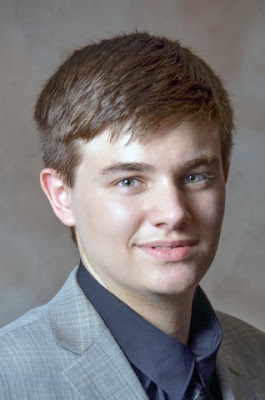.jpg)
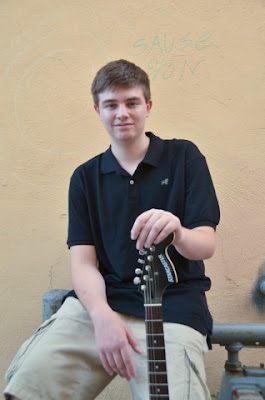.jpg)
.jpg)
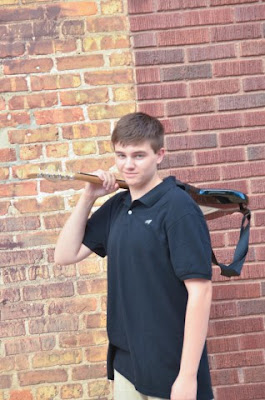.jpg)
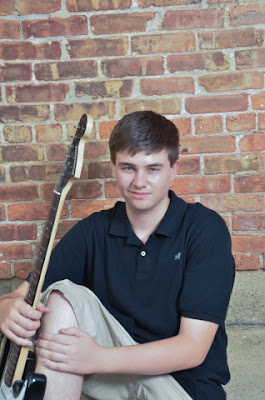.jpg)
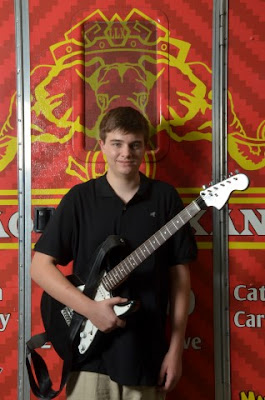.jpg)
.jpg)
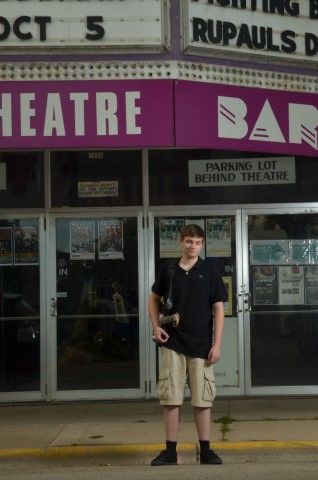.jpg)
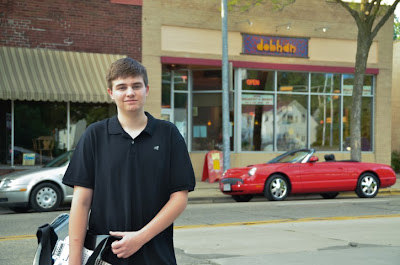.jpg)
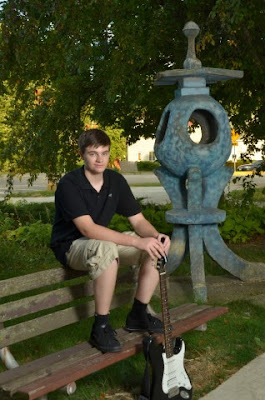.jpg)
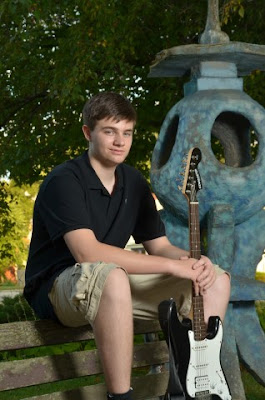.jpg)
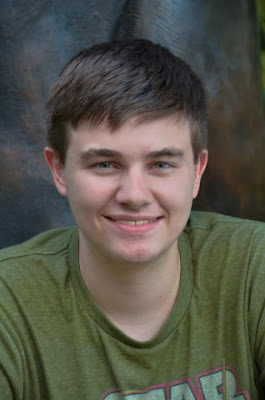.jpg)
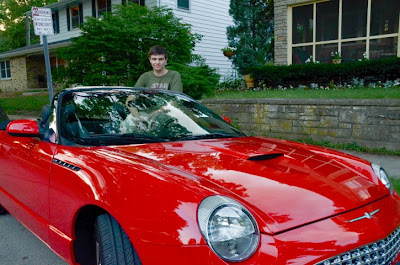.jpg)

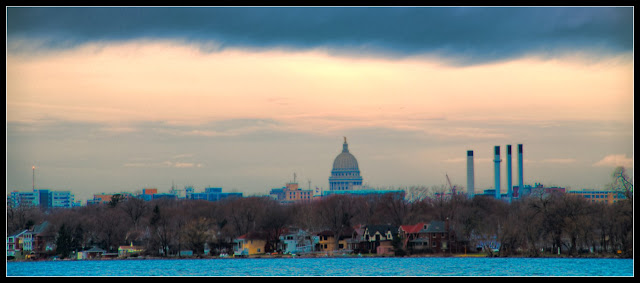
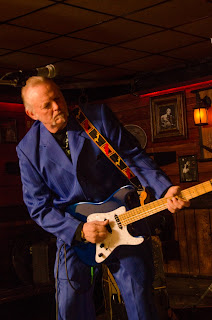.jpg)
.jpg)
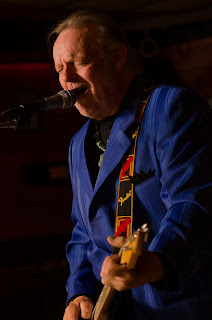.jpg)
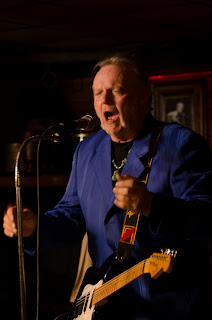.jpg)

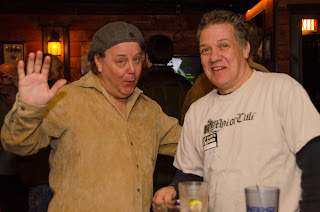.jpg)
.jpg)


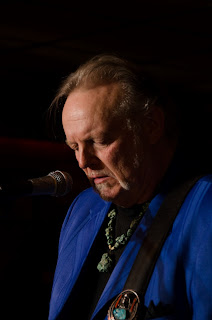.jpg)











